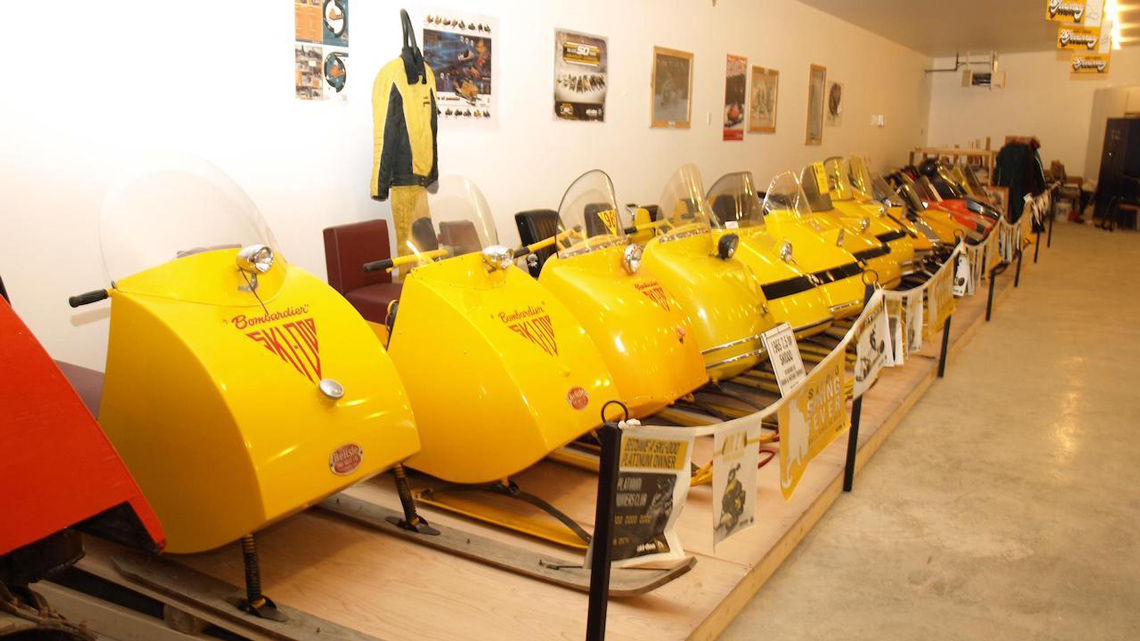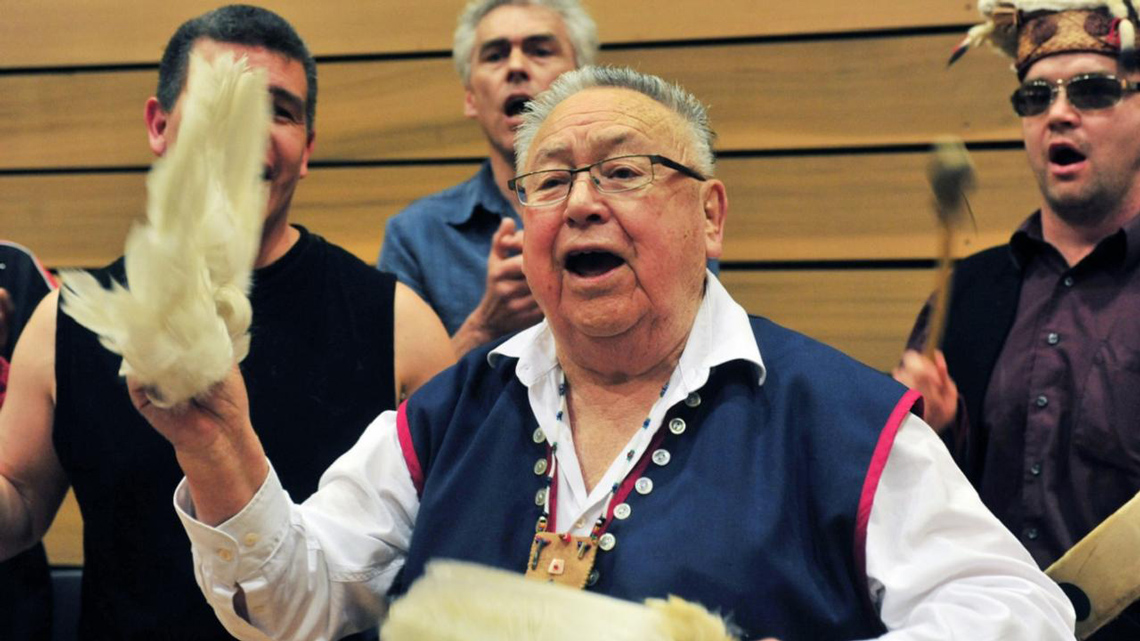Minds On
What's your question?
We ask questions to learn more about the world around us every day.
Asking questions helps us develop our understanding of new information as well as dig deeper into topics that we have already been introduced to. We ask questions before, during, and after reading or listening to a text. For example, we can ask questions to:
- make predictions and connections to the text
- develop a stronger understanding of the content
- summarize what we’ve explored
Let’s practice the art of asking questions!
Explore the carousel of article headlines and images below. For each article, record two questions about the content using the fillable organizer provided or a method of your choice.
| Text/image | Questions |
|---|---|
Complete Article and Image Question Organizer in your notebook or using the following fillable and printable document.
Press the ‘Activity’ button to access the Article and Image Question Organizer.
Action
Why do we ask questions?

As we learn new information, we ask questions to make meaning and deepen our understanding.
In the Minds On section, you used clues from the images, headlines, and text to make predictions and connections to your own knowledge and the world around you.
Explore the Question Chart (Q-Chart) below to determine the types of questions you asked.
There are four types of questions that we can ask while reading. As you explore these questions in the chart, take note of the questions you asked.

This is a Question Chart (Q-Chart). The left column has the following words: Who, What , When, Where, How, Why, Which. The row across the top has the following words: is/was, did/do, can/could, would, will/won’t, might. The Who, What, When, Where and the is/was, did/do and can/could are grouped as Data Gathering. The Who, What, When, Where and the would, will/won’t, and might are grouped as Predicting/Probing. The How, Why, Which and the is/was, did/do, and can/could are grouped as Analyzing/Synthesizing/Evaluating. åThe How, Why, Which and the would, will/won’t, might are grouped as Creating/Imagining/Inventing.
Press ‘Tip’ to access a tip about text-to-text connections.
Q-Chart: Combine the words in the first column (who, what, when, where, how, why, and which) with the words in the first row (is/were, did/do, can/could, would, will/won’t and might) to create the beginnings of the four types of questions.
Some of these questions are asked before reading or listening to a text, like in the Minds On. Some are asked during the reading or listening, and others are asked after the text has been completed.
What does each type of question help us understand?
- Which question starters are data gathering?
- Which question starters are analyzing, synthesizing and evaluating?
- Which question starters are predicting and probing?
- Which question starters are creating, imagining and inventing?
Next up, you will practice asking a variety of questions while you read.
Practice with questioning
Select one of the articles from the Minds On to explore further.
Create at least two questions for each question type:
- data gathering
- analyzing, synthesizing and evaluating
- predicting and probing
- creating, imagining and inventing
You can use the questions you created in the Minds On.
Record your questions using the fillable organizer below or a method of your choice.

Press TVO.org to access Why this small Ontario town has a snowmobile museum.
TVO dot org (Opens in a new tab)
Press TVO.org to access If Toronto wants to be a global tech hub, it needs to nurture Black talent.
TVO dot org (Opens in a new tab)
Press TVO.org to access Why protecting Indigenous languages means protecting traditional songs.
TVO dot org (Opens in a new tab)| Questions | Type of question | Answer from article? | When did I ask this question? |
|---|---|---|---|
| e.g., What Indigenous community is this article about? | Data gathering | Many Indigenous communities, including the northern Northwest Coast peoples | Before exploring text |
Complete Article Question Organizer in your notebook or using the following fillable and printable document.
Press the ‘Activity’ button to access the Article Question Organizer.
Reflection
Use the following questions to reflect on your learning so far.
- When did you ask the most questions? Why might that be?
- What could you do to ask more questions at different times?
Record your responses using a method of your choice.
Consolidation
Reflecting on the process

Reflecting on this process, you are going to create a reference guide for yourself to keep these questions close as you continue your journey as a reader.
Your guide can take the form of an information poster, an audio recording, a visual representation (such as a storyboard or a mind map), a journal type entry, an artistic representation or a digital informational graphic.
Be sure to include the following:
- The questions to ask before, during, and after reading a text
- The preparation that has meaning for you during these three stages of reading
- The reminders that will have the greatest impact on you as a reader
When you have completed your reference guide, you will use this tool to have a discussion about how this guide will benefit you as a reader.
Reflection
As you read the following descriptions, select the one that best describes your current understanding of the learning in this activity. Press the corresponding button once you have made your choice.
I feel...
Now, expand on your ideas by recording your thoughts using a voice recorder, text-to-speech, or writing tool.
When you review your notes on this learning activity later, reflect on whether you would select a different description based on your further review of the material in this learning activity.